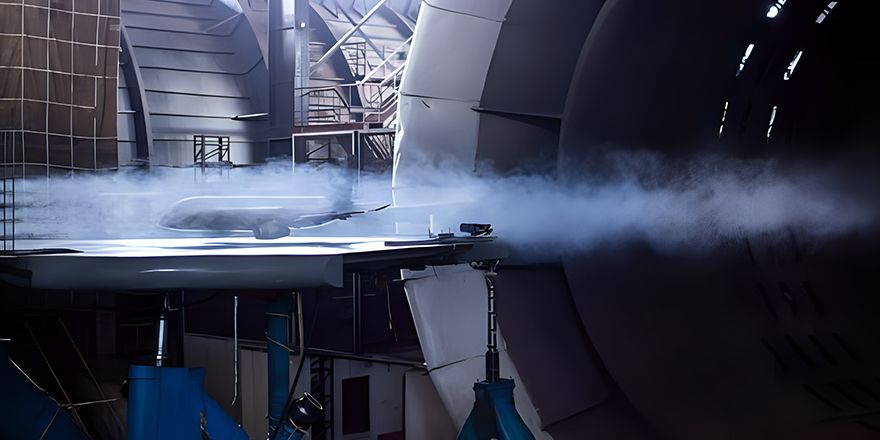In the Central Aerohydrodynamic Institute named after Zhukovsky (TsAGI) completed the next stage of testing the model aircraft SJ-100 with PD-8 engines in a large subsonic tube of low speeds. The research was conducted to refine the aerodynamic characteristics and optimise the operation of the aircraft’s reversing device.
“The research conducted at TsAGI allows scientists and engineers to gain a deeper understanding of aerodynamic performance and optimise the operation of the reversing device. Ultimately, this will help create a more efficient and competitive aircraft that meets the requirements of modern aviation,” the institute’s press service commented.
The experiments were conducted under simulated runway conditions and varied in the speed range from 10 to 80 m/s. During the tests, the operation of the reversing device was studied at different configurations of wing mechanisation, and also simulated the run of the aircraft along the runway after landing. This made it possible to determine the impact of the reversing device on the aerodynamic characteristics of the aircraft.

For the experiments, TsAGI specialists used a method of spatial visualisation of the flow known as PIV (particle image anemometry). This method allows to increase the informativeness and obtain more data to verify numerical models.
High frequency sensors were also used to measure the static pressure on the horizontal plumage surface. This enabled more accurate information to be obtained and used to estimate the loads on the plumage when the aircraft runs on the runway. The obtained characteristics will be used to verify the results of numerical modelling.



